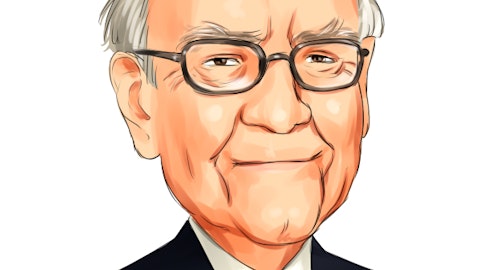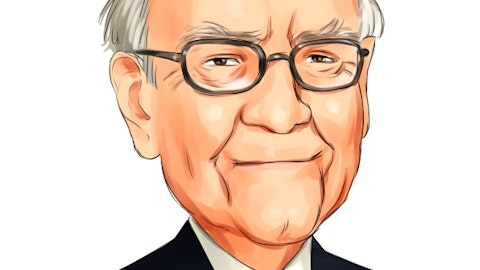Mark Mason: Sure. So let me make a comment first on the NII. Just keep in mind with that number that I’ve given on the page is both the growth that occurs in some of our important services businesses, and that really comes from both the annualization of rate increases that we saw in the back half of the year but also expected continue increases, particularly outside of the U.S. And given the makeup of our franchise, we will €“ that will contribute to the NII growth. And then keep in mind that we’re growing over the legacy franchise reductions in NII that we would see in 2023. So underneath that is some real momentum in the NII, notwithstanding a slower pace, the fact that it would be a slower pace than what we saw in 2022.
From an NIR point of view, I did mention that we do expect to see some normalization in market valuation. And that would play out both in banking, normalizing certainly relative to what we saw this year with while it’s down 50% to 60% as well as some normalization in wealth and those would hit the NIR line, as you point out.
John McDonald: Okay. And then €“ sorry, if this is clear already. But just in terms of the idea of the cost curve bending at the end of 2024. Is that going to mean that for the early part of 2024, expenses kind of rise above 2023 and then they kind of peak out plateau towards the back half of €˜24. Is that how we should envision it?
Mark Mason: I’m not going to kind of get into €˜24 guidance. We will kind of get through €˜23, and I’m confident about our ability to get to that roughly 54 number that I put out for €˜23. I’m equally confident that we will bend this curve, and we will bring it down to the levels that it needs to be in order for us to get to the ROTCE target, but I’m not going to kind of get into, John, the specifics of 24 except to say that by the end of €˜24, we will see that curve bending.
Operator: Thank you. Our next question will come from Erika Najarian with UBS. Your line is now open.
Erika Najarian: Hi, good morning.
Mark Mason: Good morning.
Erika Najarian: My first question is €“ again, thank you for all the clarification on the slide. Great job, Jane and Mark, obviously. But as we think about what it means to bend the curve. I think your investors are appreciative that you are accelerating the investments relative to your transformation. As we think about when Citi can hit that medium-term ROTCE, how should we think about what’s bending the curve really means? And I’m not looking for guidance necessarily, but as we think about going past that hump, what’s the better way of measuring €“ should we €“ is it an efficiency ratio? I think you mentioned something like is it the 60% to 63% efficiency ratio? Against that 4% to 5% revenue CAGR that you think you’ll be able to hit by 2025? Can we think of it that way?
Mark Mason: Yes. So at Investor Day, we did talk about it, and we remain consistent and committed to that. We talked about getting to an efficiency ratio that’s less than 60% in the medium-term period. And so that certainly will be part of the metric that we deliver on as we bring our costs down. I think the other thing I’d mention just you mentioned the how, and I think there are a couple of important aspects that the exits are obvious in terms of those costs going away, at least a portion of it is. The portion that’s tied decided cost. Jane has been very, very clear with our entire management team of the importance of rethinking the organization and ensuring that the potentially stranded costs go away, and that means rethinking the way we do business and the way we operate different parts of our operations.





